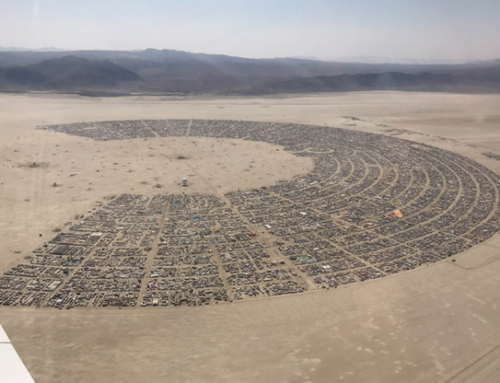Earth has been used as a building material for nearly 10,000 years; different peoples and cultures have used unbaked earth to construct a variety of structures – not just homes and dwellings, but fortresses, palaces, and temples that have withstood the test of time.
- What is Rammed Earth construction?
The process of ramming aggregates such as gravel, sand, silt, and clay into a formwork to create walls is known as rammed earth construction. The formwork is removed once the earth has dried, revealing solid monolithic walls.
Rammed earth is an ancient form of construction that is most commonly found in drier, hotter climates. Although many rammed earth structures exist in this basic form, a new stabilized’ rammed earth variant has been developed that includes a small amount of cement (5-10%) to ensure strength and durability. (1)
Traditionally, the earth was rammed into the formwork with a wooden pole, but modern methods now use a mechanical ram.
The process is labor-intensive, but depending on the materials used (cement content) and the source of those materials, it is considered to have a low environmental impact. While some rammed earth wall elements will have a low embodied energy, cementitious products will not. (1)

- How rammed earth building is made?
There are various types of rammed earth, but it is typically made from a mixture of on-site soil, sand, loam, clay, gravel, silt, and cement compacted between wooden or metal shutters.
You create a formula that works with the design after testing the composition and structure of the local soil. You can’t be too strict with the purity or the amount of cement you use. We started with a cement-free sample for Bushey Cemetery, but rain turned it into mud, so we added about 2% cement to help the structure withstand the British climate. (2)

III. Benefits Of Building On Rammed Earth
Superior thermal mass, temperature and noise control, strength and durability, low maintenance, fireproofing, load-bearing, and pest deterrence, as well as the beauty and pleasure of building with a natural and environmentally sound material, are just a few of the many benefits of rammed earth construction. (3)
Thermal Mass
Our rammed earth buildings have external walls that are at least 300mm (1 foot) thick, providing excellent protection from weather extremes. Because of the thickness and density of the material, heat (or cold) penetration is very slow, and the internal temperature of the building remains relatively stable, making it feel warmer in the winter and cooler in the summer than the outside temperature. For buildings where temperature fluctuations must be kept to a minimum, such as wineries in Western Australia, rammed earth has long been a popular choice.
Strong and Durable
Rammed earth is a very long-lasting and weather-resistant material. According to CSIRO tests detailed in Bulletin 5, an earth wall constructed according to their specifications should have “an unlimited life” because it is “immune to the destructive action of fire, termites, and the weather.” Working with rammed earth has been a part of our lives for over 30 years. Our mixes have received excellent results in erosion and strength tests conducted by accredited scientific laboratories. These mixes ensure maximum strength and durability for every project when used with modern technologies and a strong focus on quality control. (3)
Low Maintenance
Rammed earth walls require very little upkeep. They shouldn’t need any maintenance for 10-20 years after they’ve been built and sealed. Exposed walls may benefit from a second coat of sealer at this point, which is a simple process. We incorporate a water repellent additive specifically formulated for rammed earth into the construction process, and we apply a water repellent to the external face of the walls at the end. Both of these repellents provide additional protection to the highly compressed earth’s already water-resistant nature.
Inside or out, rammed earth walls are stand-alone features that do not require further finishing with plasterboard or render. Rammed earth walls, on the other hand, can be treated in the same way as other masonry walls if you want a different look. You can paint directly onto the surface or cover them with plaster or render. (3)

- Rammed earth: a better alternative to concrete
Rammed earth is highly sustainable because it has a high thermal mass and emits 40 percent less carbon than concrete, which contains 20% cement. It’s also 100% recyclable, with low transportation emissions because the main component is already on site.
They are fire-resistant, termite-resistant, breathable, and insulating, as they can absorb heat during the day and release it at night. This makes them popular in developing countries as well as countries with harsh climates, such as Australia.
Concrete can be textured in a variety of ways, including wire brushing, carving, and mold impressions. Because rammed earth dries too quickly, these aren’t an option, but it doesn’t need any embellishment because its natural patina is so lovely and full of character. Planners adore it because it is contextually relevant and reflects the local environment. (3)

REFERENCES
- https://www.firstinarchitecture.co.uk/rammed-earth-construction/
- https://www.buildwithrise.com/stories/the-dirt-on-rammed-earth-an-ancient-sustainable-construction
- https://www.rammedearthconstructions.com.au/rammed-earth-info/



